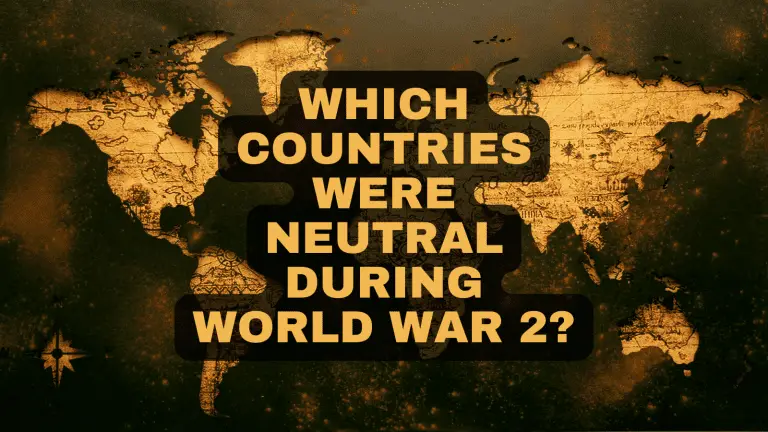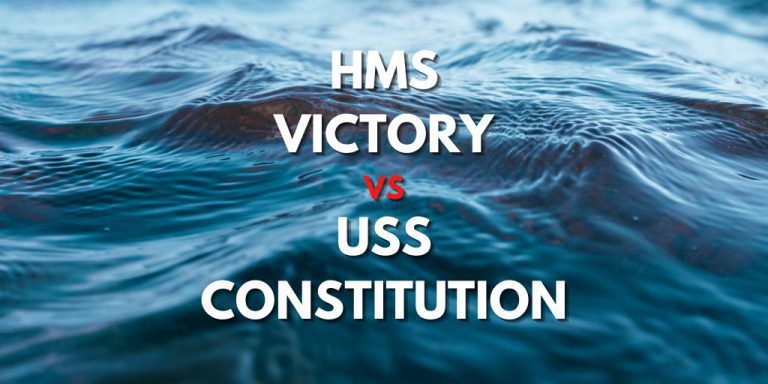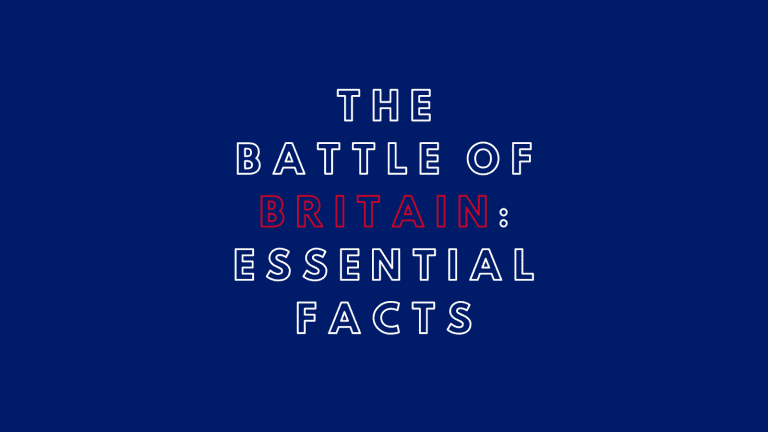When did Holland become involved in World War 2?
In WWII, Holland hoped to remain neutral like it did in WWI. However, despite officially declaring neutrality, Germany invaded Holland in 1940 and forced it into the war. This invasion was simply one portion of Fall Gelb, a German strategy to push Allied forces back through Belgium and Northern France. There were only five days of fighting before Holland was taken by the Nazis, and they would remain occupied until the later part of 1944.
[/et_pb_text][/et_pb_column][/et_pb_row][et_pb_row _builder_version=”4.14.8″ _module_preset=”default” global_colors_info=”{}”][et_pb_column type=”4_4″ _builder_version=”4.14.8″ _module_preset=”default” global_colors_info=”{}”][et_pb_text _builder_version=”4.14.8″ _module_preset=”default” global_colors_info=”{}”]The Build-Up
[/et_pb_text][/et_pb_column][/et_pb_row][et_pb_row _builder_version=”4.14.8″ _module_preset=”default” column_structure=”1_5,3_5,1_5″][et_pb_column _builder_version=”4.14.8″ _module_preset=”default” type=”1_5″][/et_pb_column][et_pb_column _builder_version=”4.14.8″ _module_preset=”default” type=”3_5″][et_pb_image src=”http://historywithhenry.com/wp-content/uploads/2022/03/1-8.png” _builder_version=”4.14.8″ _module_preset=”default” alt=”When did Holland become involved in World War 2?” title_text=”1″ hover_enabled=”0″ sticky_enabled=”0″][/et_pb_image][/et_pb_column][et_pb_column _builder_version=”4.14.8″ _module_preset=”default” type=”1_5″][/et_pb_column][/et_pb_row][et_pb_row _builder_version=”4.14.8″ _module_preset=”default” global_colors_info=”{}”][et_pb_column type=”4_4″ _builder_version=”4.14.8″ _module_preset=”default” global_colors_info=”{}”][et_pb_text _builder_version=”4.14.8″ _module_preset=”default” global_colors_info=”{}”]In the years leading up to the invasion, Holland was just as aware of the international tension as any other European nation. However, they built up arms much more slowly than other nations like France and Great Britain. This was due to several factors, primarily the trade relationship between Holland and Germany. Leaders assumed that this friendly relationship would lead Germany to respect their neutrality and actively silenced criticism of Nazi views to avoid rocking the boat. This led to Holland prosecuting several of their citizens for “insulting a friendly head of state” after publishing material criticizing Adolf Hitler’s policies.
Another reason for Holland’s slow reaction was that public opinion was against diverting money to arms. Holland was hit hard by the Great Depression, and the people did not want their hard-earned taxes going toward military spending in such a lean time. This opinion may have shifted had the government been honest about the possible threat of war. Instead, Holland officials constantly reassured citizens that war was not imminent and they should continue as normal. It seemed that acknowledging Germany as a threat was something the government was simply not willing to do. One would hope that this stance would change if plans for an invasion were found; however, even after plans for operation Fall Gelb were recovered from a downed German plane in January of 1940, Holland continued to ignore the oncoming dangers. At its height, Holland’s military spending was only 4% of its GDP, compared to the 25% of Germany. This measly number, combined with a blissfully ignorant populace, resulted in a country woefully underprepared for the eventual invasion.
[/et_pb_text][/et_pb_column][/et_pb_row][et_pb_row _builder_version=”4.14.8″ _module_preset=”default” global_colors_info=”{}”][et_pb_column type=”4_4″ _builder_version=”4.14.8″ _module_preset=”default” global_colors_info=”{}”][et_pb_text _builder_version=”4.14.8″ _module_preset=”default” global_colors_info=”{}”]The German Invasion
[/et_pb_text][/et_pb_column][/et_pb_row][et_pb_row _builder_version=”4.14.8″ _module_preset=”default” global_colors_info=”{}”][et_pb_column type=”4_4″ _builder_version=”4.14.8″ _module_preset=”default” global_colors_info=”{}”][et_pb_text _builder_version=”4.14.8″ _module_preset=”default” global_colors_info=”{}”]While early German plans did consider bypassing an invasion of Holland as the Dutch leadership hoped, the strategic reasons for total conquest were simply too great. Holland at the time produced most of Europe’s oil, as well as having airfields in the North that would be perfect to launch raids on the UK. Finally, going through the southern part of Holland was required to attack France from the North, which was the key to German success in France. France’s fortifications were strongest along the Eastern border. Germany hoped to bypass them entirely with this Northern Attack – an operation codenamed Fall Gelb.
In May of 1940, Germany finally launched their planned offensive into The Netherlands. It had initially been planned much earlier, but inclement weather and intelligence leaks pushed the invasion back several times. The Nazis feigned an attack on Belgium before unexpectedly attacking Holland instead. Bombing campaigns in Amsterdam and Rotterdam over four days devastated war industry targets, and approximately 3,000 civilians were killed when bombs hit nearby neighbourhoods.
Instead, due to these heavy losses, and the quick folding of the Dutch military forces along the border, Holland surrendered following a German threat to bomb more cities. Thus, the occupation of Holland began on the 15th of May.
[/et_pb_text][/et_pb_column][/et_pb_row][et_pb_row _builder_version=”4.14.8″ _module_preset=”default” global_colors_info=”{}”][et_pb_column type=”4_4″ _builder_version=”4.14.8″ _module_preset=”default” global_colors_info=”{}”][et_pb_text _builder_version=”4.14.8″ _module_preset=”default” global_colors_info=”{}”]The German Occupation
[/et_pb_text][/et_pb_column][/et_pb_row][et_pb_row _builder_version=”4.14.8″ _module_preset=”default” global_colors_info=”{}”][et_pb_column type=”4_4″ _builder_version=”4.14.8″ _module_preset=”default” global_colors_info=”{}”][et_pb_text _builder_version=”4.14.8″ _module_preset=”default” global_colors_info=”{}”]The Dutch Government in Exile
[/et_pb_text][/et_pb_column][/et_pb_row][et_pb_row _builder_version=”4.14.8″ _module_preset=”default” column_structure=”1_5,3_5,1_5″][et_pb_column _builder_version=”4.14.8″ _module_preset=”default” type=”1_5″][/et_pb_column][et_pb_column _builder_version=”4.14.8″ _module_preset=”default” type=”3_5″][et_pb_image src=”http://historywithhenry.com/wp-content/uploads/2022/03/2-8.png” _builder_version=”4.14.8″ _module_preset=”default” alt=”When did Holland become involved in World War 2?” title_text=”2″ hover_enabled=”0″ sticky_enabled=”0″][/et_pb_image][/et_pb_column][et_pb_column _builder_version=”4.14.8″ _module_preset=”default” type=”1_5″][/et_pb_column][/et_pb_row][et_pb_row _builder_version=”4.14.8″ _module_preset=”default” global_colors_info=”{}”][et_pb_column type=”4_4″ _builder_version=”4.14.8″ _module_preset=”default” global_colors_info=”{}”][et_pb_text _builder_version=”4.14.8″ _module_preset=”default” global_colors_info=”{}”]The Royal Family and top officials had succeeded in escaping the war-torn country just before the surrender. Princess Juliana and her family sought refuge in Canada to safeguard the royal bloodline. At the same time, Queen Wilhelmina and high-ranking officials were welcomed by the King of England. Queen Wilhelmina and Prime Minister Dirk Jan de Geer formed a government in exile there. When France fell, the Prime Minister wished to return to the Netherlands and collaborate with the Nazis, to which Queen Wilhelmina responded by replacing the Prime Minister with Pieter Sjoerds Gerbrandy. This prompted Winston Churchill to call her “the only man in the Dutch government.” The primary goals for the Dutch government in exile were to collaborate with the Allies, keep control of the Dutch East Indies, and smooth the way for American entry into the war.
[/et_pb_text][/et_pb_column][/et_pb_row][et_pb_row _builder_version=”4.14.8″ _module_preset=”default” global_colors_info=”{}”][et_pb_column type=”4_4″ _builder_version=”4.14.8″ _module_preset=”default” global_colors_info=”{}”][et_pb_text _builder_version=”4.14.8″ _module_preset=”default” global_colors_info=”{}”]The Treatment of Jews in Holland
[/et_pb_text][/et_pb_column][/et_pb_row][et_pb_row _builder_version=”4.14.8″ _module_preset=”default” global_colors_info=”{}”][et_pb_column type=”4_4″ _builder_version=”4.14.8″ _module_preset=”default” global_colors_info=”{}”][et_pb_text _builder_version=”4.14.8″ _module_preset=”default” global_colors_info=”{}”]During WWII, Jews in Holland faced many of the same atrocities that Jews in other Nazi-controlled areas did. Over the course of the occupation, an estimated 107,000 of the local Jewish population were deported to concentration camps like Auschwitz and Sobibor. An additional 25,000 to 30,000 Jewish people went into hiding using the Dutch underground network – including Anne Frank. Approximately two-thirds of those who hid survived, while only 5,000 of those deported did. Only 25% of the overall Dutch-Jewish population survived the war. The Dutch people have great national pride in assisting Jewish people in Holland during the occupation – saying that they did not let their neighbours down.
[/et_pb_text][/et_pb_column][/et_pb_row][et_pb_row _builder_version=”4.14.8″ _module_preset=”default” global_colors_info=”{}”][et_pb_column type=”4_4″ _builder_version=”4.14.8″ _module_preset=”default” global_colors_info=”{}”][et_pb_text _builder_version=”4.14.8″ _module_preset=”default” global_colors_info=”{}”]Dutch Resistance
[/et_pb_text][/et_pb_column][/et_pb_row][et_pb_row _builder_version=”4.14.8″ _module_preset=”default” global_colors_info=”{}”][et_pb_column type=”4_4″ _builder_version=”4.14.8″ _module_preset=”default” global_colors_info=”{}”][et_pb_text _builder_version=”4.14.8″ _module_preset=”default” global_colors_info=”{}”]During the German occupation, Dutch resistance was strong in the Netherlands. Not only did the Dutch hide the largest percentage of their population from Nazi persecution of any occupied country, but they also began organized resistance as early as the same day the Dutch army surrendered.
Early resisters were the Communist Party of the Netherlands and Revolutionary Socialist Worker’s Party parties. However, as time went on, more groups began to organize resistance. One such instance was the February 1941 Workers Strike. A neighbourhood in Amsterdam had recently been cordoned off for Jewish citizens, and several young Jewish men had been apprehended or killed by Nazi occupiers. In protest of the unfair targeting of Dutch Jewish people, worker’s strikes in several cities, shutting down factories.
Cities with substantial strikes include Amsterdam, Zaandam, Haarlem, Weesp, Bussum, Hilversum and Utrecht.
On the reverse side of this, there were also groups of collaborators such as the Henneicke Column and the NSB (Nationaal-Socialistische Beweging).
[/et_pb_text][/et_pb_column][/et_pb_row][et_pb_row _builder_version=”4.14.8″ _module_preset=”default” global_colors_info=”{}”][et_pb_column type=”4_4″ _builder_version=”4.14.8″ _module_preset=”default” global_colors_info=”{}”][et_pb_text _builder_version=”4.14.8″ _module_preset=”default” global_colors_info=”{}”]Liberation
[/et_pb_text][/et_pb_column][/et_pb_row][et_pb_row _builder_version=”4.14.8″ _module_preset=”default” column_structure=”1_5,3_5,1_5″][et_pb_column _builder_version=”4.14.8″ _module_preset=”default” type=”1_5″][/et_pb_column][et_pb_column _builder_version=”4.14.8″ _module_preset=”default” type=”3_5″][et_pb_image src=”http://historywithhenry.com/wp-content/uploads/2022/03/3-8.png” _builder_version=”4.14.8″ _module_preset=”default” alt=”When did Holland become involved in World War 2?” title_text=”3″ hover_enabled=”0″ sticky_enabled=”0″][/et_pb_image][/et_pb_column][et_pb_column _builder_version=”4.14.8″ _module_preset=”default” type=”1_5″][/et_pb_column][/et_pb_row][et_pb_row _builder_version=”4.14.8″ _module_preset=”default” global_colors_info=”{}”][et_pb_column type=”4_4″ _builder_version=”4.14.8″ _module_preset=”default” global_colors_info=”{}”][et_pb_text _builder_version=”4.14.8″ _module_preset=”default” global_colors_info=”{}”]Liberation Day is a public holiday in the Netherlands that celebrates the German occupation’s end during WWII. It falls on the fifth of May, which was the day that commander Lieutenant-General Charles Foulkes and Oberbefehlshaber Niederlande commander-in-chief Generaloberst Johannes Blaskowitz reached an agreement for the surrender of the German army in the Netherlands. Holland was largely liberated by Canadian, British, and Polish troops. Queen Wilhelmina and the rest of the Dutch government returned to the Netherlands in 1948.
[/et_pb_text][/et_pb_column][/et_pb_row][/et_pb_section]





